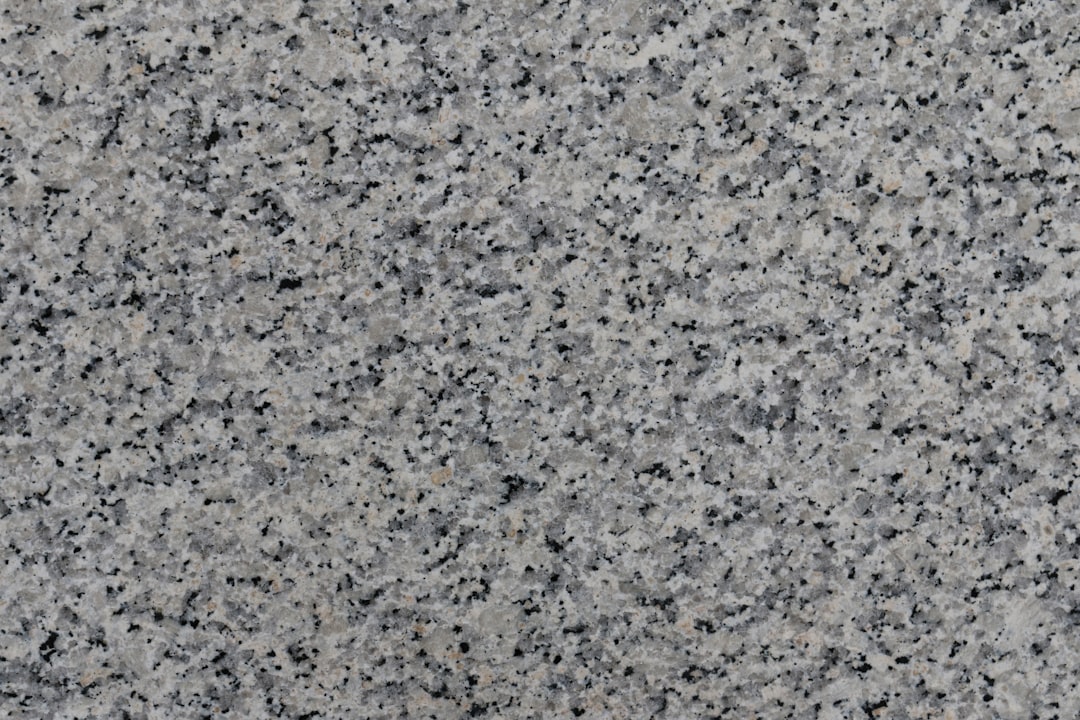What is it about?
Shallow geothermal energy is becoming more and more popular for heating and cooling purposes. The forthcoming increase in installation density in urban areas rises the question of interaction between different installation and geothermal potential alteration. This paper examines the thermal plume generation and propagation in the central districts of Torino (Italy), identifying Thermally Affected Areas where interaction will likely occur.
Featured Image
Why is it important?
The paper confirms underground thermal management issues known in large urban areas (e.g. London, Basel, Zaragoza). The results show that risk of thermo-hydraulical interaction among users can be foreseen also in relatively little urban areas.
Perspectives
I hope this paper can arouse attention in people, especially in public authorities that are responsible for energy planning and environmental issues. In fact, significant improvements can be foreseen with the active involvement of public administration. Investments in monitoring networks and underground thermal planning may result in huge opportunities for decarboning our cities.
Matteo Baralis
Politecnico di Torino
Read the Original
This page is a summary of: City scale analysis of subsoil thermal conditions due to geothermal exploitation, Environmental Geotechnics, February 2018, ICE Publishing,
DOI: 10.1680/jenge.17.00087.
You can read the full text:
Contributors
The following have contributed to this page










